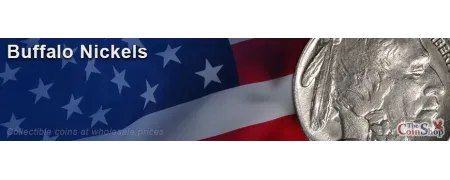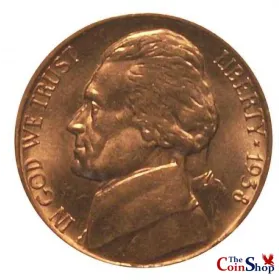
U.S. Nickels
History of the U.S. Nickel
The U.S. nickel, known as the five-cent piece, has been a staple in American coinage since its introduction in 1866. Initially, nickels were composed of a mixture of copper and nickel, providing the coin its namesake. Unlike dimes and quarters, the nickel did not contain silver due to its lower denomination.
The coin's obverse initially featured a representation of Lady Liberty, which graced the nickel until 1913. This was followed by the iconic "Buffalo Nickel," which depicted a Native American on the obverse and an American bison on the reverse, from 1913 to 1938.
In 1938, the Jefferson nickel was introduced, featuring a portrait of President Thomas Jefferson on the obverse, an image that has continued to represent the coin to this day. The reverse side originally showcased Jefferson's home, Monticello, which remained unchanged until 2004.
In that year and in 2005, the U.S. Mint temporarily replaced the Monticello reverse with designs commemorating the Lewis and Clark expedition as part of the Westward Journey series. In 2006, the Monticello design returned, slightly modernized, and has remained ever since.
Collectors have a particular interest in certain historical versions of the U.S. nickel, such as the "War Nickels" produced from 1942 to 1945. These nickels were composed of 35% silver, which was a temporary measure due to nickel being a critical war material during World War II.
Today, these and earlier nickels are sought after for their collectible and historical value, with the Buffalo and War Nickels being especially prized.
Subcategories
There are 317 products.


























